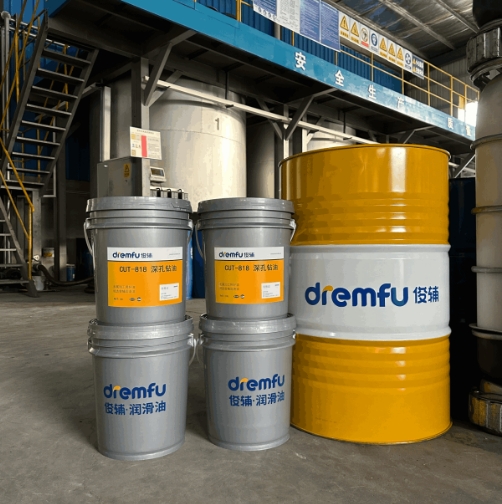2024-12-05 17:02:09
Abstract: Cutting Oil plays a vital role in metal processing, but there are many misunderstandings in the actual use process. This article will deeply analyze the common misunderstandings about the use of Cutting Oil and reveal the truth behind it, aiming to help processing companies use cutting oil correctly and improve processing efficiency and product quality.

1. Misunderstandings and truths about the use of cutting oil
Misunderstanding 1: The thicker the cutting oil, the better the lubrication effect
Truth: The viscosity of cutting oil is not the only criterion for measuring its lubrication effect. In fact, the lubrication performance of cutting oil depends on the type of its base oil and additives. Some low-viscosity Cutting Oils may contain efficient extreme pressure additives, and their lubrication effect may be better than that of high-viscosity cutting oils. Therefore, when choosing cutting oil, you should refer to the product technical parameters instead of relying solely on viscosity.
Misunderstanding 2: The higher the price of cutting oil, the better the quality
Truth: The price of cutting oil is affected by many factors, including brand, ingredients, production process, etc. High price does not always mean high quality. Some cutting oils may be expensive due to their brand effect or special ingredients, but they are not necessarily suitable for all processing occasions. Enterprises should choose cost-effective cutting oil according to their own processing needs.
Myth 3: Cutting oil can be used for a long time without replacement
The truth: Cutting oil will gradually deteriorate during use, and its performance will decrease over time. Failure to replace cutting oil for a long time will lead to reduced lubrication and cooling effects, increased tool wear, and may even cause a decrease in the surface quality of the workpiece. Therefore, the cutting oil should be replaced regularly according to the performance changes and service cycle of the cutting oil.
Myth 4: The more cutting oil is used, the better the processing effect
The truth: The amount of cutting oil used is not the more the better. The right amount of cutting oil can provide good lubrication and cooling effects, but excessive use will have a negative impact. Too much cutting oil may cause the temperature of the cutting area to rise, affect the processing accuracy, increase the maintenance cost of the Cutting Fluid, and may even cause a fire risk.
Myth 5: The same cutting oil can be used for all metal processing
The truth: Different metal processing processes and materials have different requirements for cutting oil. For example, high-speed cutting may require a cutting fluid with better cooling performance, while heavy-duty cutting may require a cutting oil with stronger lubrication performance. Therefore, the appropriate cutting oil should be selected according to the specific processing technology and materials.
2. Strategies for the correct use of cutting oil
Understand processing needs: Choose the right cutting oil according to processing technology, workpiece materials, equipment requirements and other factors.
Use in appropriate amounts: Determine the reasonable amount of cutting oil according to the equipment manufacturer's recommendations and actual processing conditions.
Regular testing: By testing the performance indicators of cutting oil, such as viscosity, pH value, concentration, etc., determine whether the cutting oil needs to be replaced.
Maintenance management: Establish and improve the maintenance and management system of cutting fluid to ensure that the cutting oil maintains good performance during use.
Safety and environmental protection: Choose environmentally friendly cutting oil, properly dispose of waste cutting oil, and reduce the impact on the environment and operators.

3. Summary
Misunderstandings in the use of cutting oil may lead to reduced processing efficiency, reduced product quality and even safety accidents. By revealing the truth behind these misunderstandings, companies can use cutting oil more scientifically and reasonably, thereby improving processing efficiency, ensuring product quality, reducing production costs, and contributing to the sustainable development of the metal processing industry.